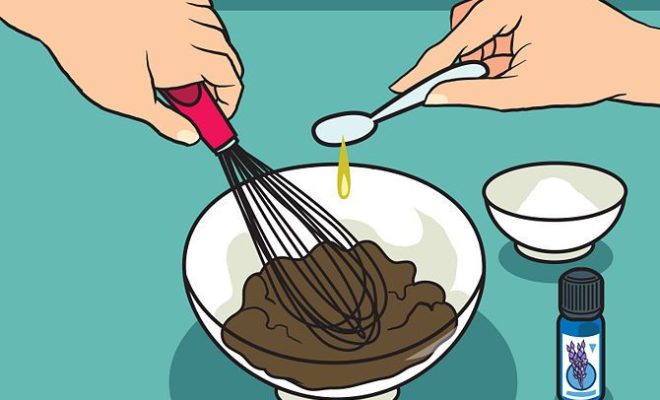Simple Ways to Tie a D-Loop: 13 Steps

Introduction:
A D-loop is an important connection point on a compound bow, typically used by archers to attach their release aids. It promotes accuracy, prevents serving wear and tear, and allows for a stress-free grip on the bowstring. There are countless ways to tie a D-loop, but in this article, we’ll walk you through 13 easy steps for tying the perfect one.
Step 1: Gather Your Tools
Collect all the necessary materials for tying a D-loop. These include a lighter or matches, D-loop pliers, scissors or a sharp blade, D-loop rope, and your compound bow.
Step 2: Measure & Cut Your Rope
Measure about four inches of the D-loop rope and cut it using scissors or a sharp blade.
Step 3: Burn & Shape the Rope Ends
Using a lighter or matches, carefully burn both ends of the freshly cut rope. While still soft from the heat, shape them into crisp mushroom-like tips to prevent fraying.
Step 4: Place One Loop End Through the String Serving
Thread one end of the loop material through the small space between your bowstring’s serving and nocking point.
Step 5: Hold the Other Side of the String Serving
With your other hand, hold the other side of the string serving where you want your final form of D-loop
Step 6: Thread Through Serving Again
Thread the other end of your loop material back through that same space between your bowstring’s serving and nocking point.
Step 7: Align & Pull Loop Ends
Align both mushroom-shaped ends of your loop material outside of your bowstring’s serving. Firmly pull them away from each other until they create tight knots against it.
Step 8: Create Half-Hitch Knots
Create two half-hitch knots with each end, ensuring that they are close together – directly on either side of your nocking point.
Step 9: Adjust the D-Loop
Adjust your D-loop to the appropriate length. As a general rule, you want the loop to be large enough to accommodate a release aid.
Step 10: Tighten Your Knots
Once adjusted, use the D-loop pliers to tighten the knots on either side of your nocking point. Apply slow and steady pressure to avoid damaging your equipment.
Step 11: Trim Excess Loop Material
Trim away any excess loop material protruding past your knots. Keep hazards in mind, and don’t cut too close to the knot itself.
Step 12: Final Burn & Shape
Use a lighter or matches to carefully burn the trimmed ends again. While still warm, shape them into rounded tips for added security.
Step 13: Test Your D-Loop
Fasten your release aid and perform a few practice shots with care — ensuring proper form, accuracy, and fit from your newly-tied D-loop.
Conclusion:
Tying a D-loop can seem intimidating at first, but with these simple 13 steps and enough practice, you can confidently take up this essential aspect of compound bow maintenance. Not only will it improve your shooting accuracy but also prolong the life of your equipment. So grab your tools, follow these guidelines, and start tying!






